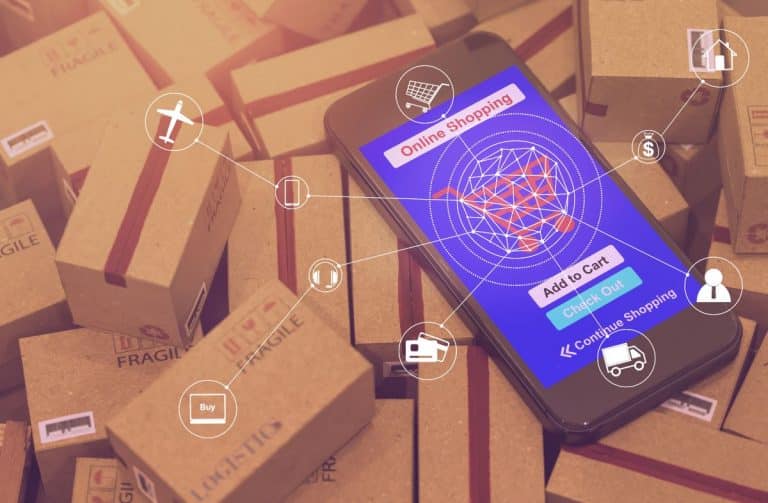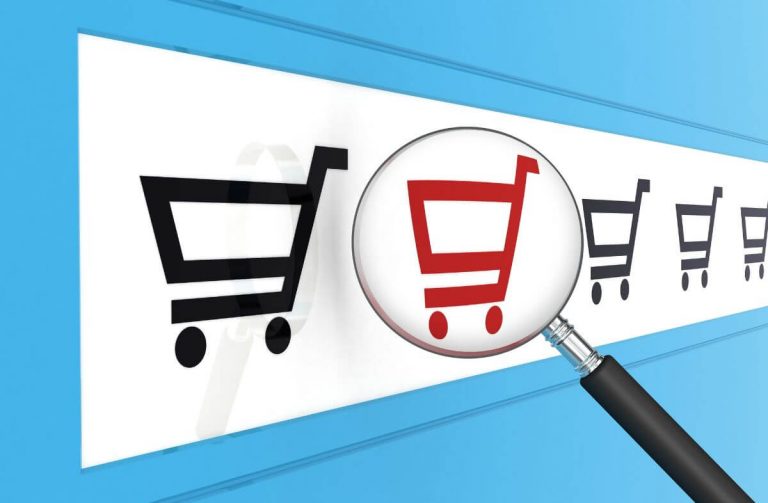We live in a different world compared to only a few decades ago. Consumer research has become more complex and efficient, and clients have higher expectations than ever when interacting with their favorite retailers.
No matter how big your store is, keeping up with current purchasing trends is essential to staying competitive in a rapidly-evolving marketplace.
In the past, retail stores used a “one-size-fits-all” approach that adapted slowly to changing demand. Thanks to new ways of collecting data through online usage statistics and buyer personas, we can now achieve more personalized ways to interact with our clients.
How Does Customer Segmentation in Retail Work?
Customer segmentation in retail often involves using point-of-sale systems to gather this information and divide customers into groups. First, broad categories are created that incorporate a large number of customers before they are split into smaller groups for more detailed analysis.
Some overlap among the groups is inevitable, but most businesses try to minimize it to ensure more useful data.
What Kind of Information Is Collected?
Retail tracking incorporates several types of data points that can help build a detailed buyer persona.
- First interaction with your brand. How did the buyer discover your store (through social media, word of mouth, or otherwise?), and when did they become a customer? What was the first purchase, and what future products are they likely to buy? This information helps you build your onboarding strategy.
- Method of browsing. Some customers just walk in and look through the store. Others use a variety of devices from desktops with web browsers to mobile devices. Find new ways to engage clients and see what you can do to make interacting with your business smooth and easy.
- Location. Connect individual purchases with the clients’ postal codes to figure out regional shopping trends. It’s also an easy way to track the distance between you and your customers compared to your competition.
- Income level. An inevitable factor in purchasing decisions, income level determines what products appeal the most to your buyers. Find out which specific items to advertise to what groups based on client budgets.
- Demographic information like gender and age, which significantly impact purchasing activity. Men and women tend to have different shopping patterns, and younger customers are impacted more by online marketing than older ones.
- Buying activity. On average for each group of customers, how many transactions do they make? How frequently do they visit? Can you consider them recurring shoppers?
There are other factors to consider as well. Find different metrics that can help you find exactly who shops at your store and what you can do to cater to them.
The Benefits of Segmentation for Retail
What’s the reasoning behind all this effort? Retail customer segmentation gives you actionable insights into what you can do to boost revenue for certain types of buyers.
- By identifying trends in purchasing activity, you can pinpoint the seasonal buyers and target your sales and advertising to certain parts of the year.
- Finding your most popular demographics gives you a chance to build more successful marketing initiatives by aiming for specific groups of customers and providing more relevant customer service.
- Showing which types of clients pay full price vs. wait for a discount, which tells you when to time your sales for maximum effectiveness.
Customers are all different people. Addressing their individual, unique needs is the key to higher satisfaction rates.
What Better Metrics Can Do for You
Customer segmentation involves learning a lot about your clientele. Collecting transactional data, which is easier than ever with many cloud-based services, has several benefits:
- Giving you a head start when it comes to scheduling sales and incentive programs.
- Deciding on what products to feature depending on how well they sell for certain people.
- Finding out what you can do for groups who aren’t buying as much.
Collecting metrics also lets you determine how successful you are. You might study the sales/profits per customer or how much your clientele demographics have changed over time. Are your efforts to appeal to more specific groups giving you a deeper understanding of why your customers choose your store?
All this happens regardless of whether you’re a brick-and-mortar shop or an online store that practices eCommerce segmentation.
The Takeaway: Retail Segmentation Creates Personalized Customer Experiences
Retail segmentation is the practice of collecting information on your customers and categorizing them into groups. Using factors like age, location, income level, and others, these groups have their own buying habits and preferences.
By focusing your sales and marketing on specific segments, you do a better job offering customized customer experiences. The result is more brand loyalty, better engagement rates, and more effective sales and rewards programs.
Retail segmentation is practiced by almost all stores and businesses, from small shops to large franchises and from physical stores to online ones. Get started today with a marketing team to get these benefits.
Interested in learning more about how retail segmentation can work for you? Click here.




